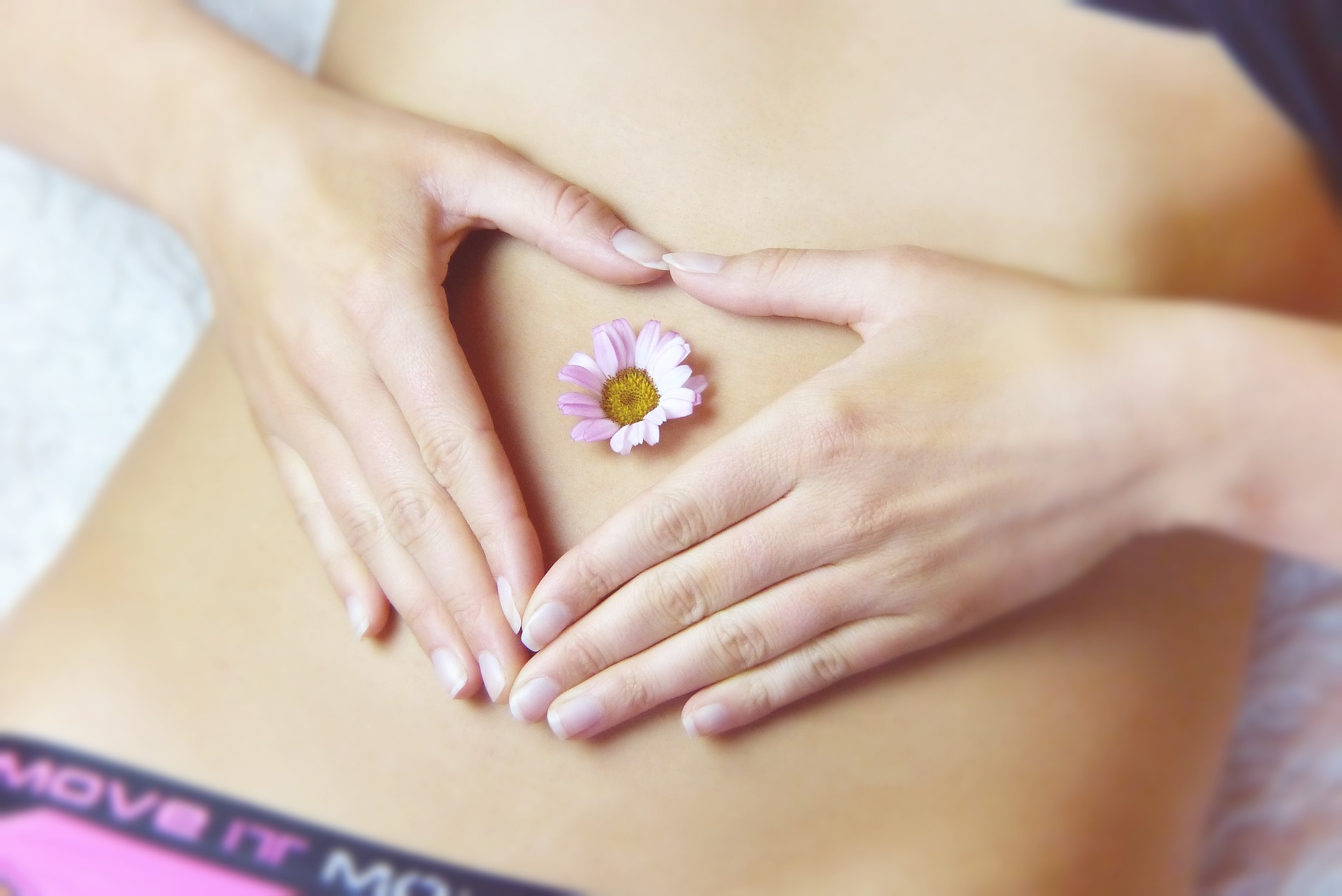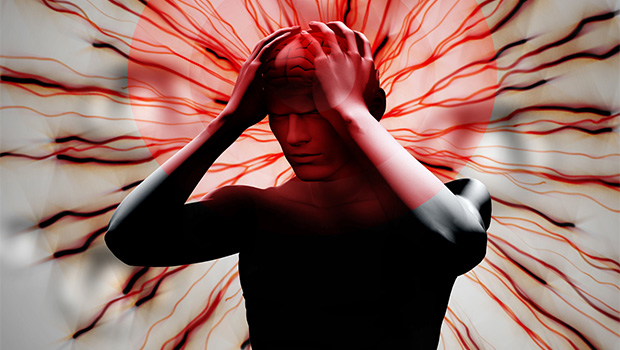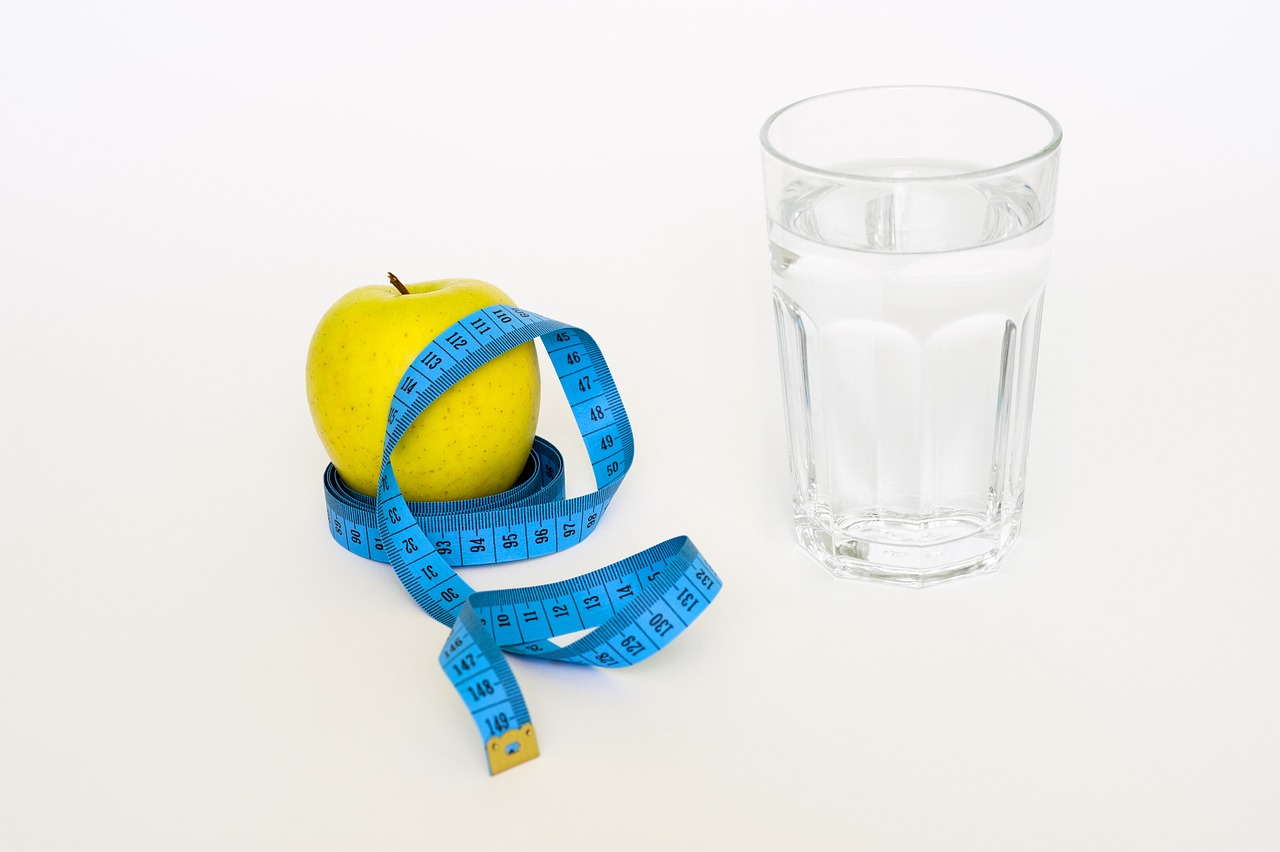At this moment, two to six pounds of microbes are living in and on you. They inhabit just about every part of the human body, living on the skin, in the gut, up the nose and other parts. Sometimes they cause sickness, but most of the time, microorganisms live in harmony with their human hosts, providing vital functions essential for human survival. Until recently, we didn’t know much about bags that live on and in our body.
The NIH research “Human Microbiome Project” ran from 2007 to 2012 has mapped the normal microbial makeup of healthy humans and created a remarkable reference database by using genome sequencing techniques to detect microbes in healthy volunteers. Human Microbiome Project has proven that the human body actually contains trillions of microorganisms; literally outnumbering human cells 10 to 1!
Do you believe that we get our first exposure to microorganism during our birth?
You probably wonʼt remember this, but the very first poop you popped out as a baby was pretty extraordinary and even has a name – MECONIUM and consists of stuff that was already in the gut before the first meal. It is made up of stuff you ingested when you were in the womb, including skin cells and “lanugo”. Researchers at the University of Florida discovered in 2010 that new-born babiesʼ meconium already contains a diversity of bacteria. Surprise!!! According to popular myth, a baby was effectively sterile until the moment of birth.
However, while itʼs certainly true that babies are born with a certain amount of bacteria, most of their microbiome builds up over time, with the first few minutes of life being especially important.
Researchers at the Baylor College of Medicine in Houston compared changes in the vaginal microbiome of 24 pregnant women with 60 women who were not pregnant and found that the vaginal microbiome undergoes a dramatic shift in bacterial species in preparation for birth, principally characterized by decreased species diversity. A newborn is a bacterial sponge as it populates its own microbiome after leaving the womb. Passage through the birth canal gives the baby its first dose of microbes, so it may not be surprising that the vaginal microbiome evolved to make it a healthy passage.
What happens if baby enters the world as a result of a Cesarean section?
Well, then her first dose of bacteria is likely to come from her motherʼs skin rather than her vagina, an observation supported by a Swedish study which showed that babies born via C-section have gut bacteria which show significantly less resemblance to their mothers compared to those delivered vaginally.
1 in 3 American babies are born by C- section with mandatory IV antibiotic use during the surgery. It is a first harm that baby’s gut receives. You can add lack of breastfeeding, early vaccinations, and hospital infections to the pile and create a snowball effect of future health challenges. For example, research shows that babies that born prematurely without breastfeeding and early use of antibiotic have 30% more chance to develop depression and 217% more chance to develop bipolar disorder.
Some hospitals now allowed parents restore the balance after C-sections by “inoculating” their babies with a vaginal swab: incubating a piece of gauze in the vagina for an hour prior to delivery, then wiping it over the mouth, face, and body of the infant after delivery, in a process sometimes called “seeding”.
Not only mother pass her microorganisms to her baby. We exchange bacteria between each other every day. A Dutch study showed that a ten second intimate kiss between two people results in the exchange of 80 million bacteria.
A major hub of microbial focus is in the gut.
It is home to trillions of microorganisms, which are collectively known as the microbiome that has a profound impact on our health. Bacteria and other microorganisms carry out important work the body cannot do itself.
- Digest our food. Humans don’t have all the enzymes we need to digest our own diet. Microbes in the gut break down many of the proteins, lipids and carbohydrates in our diet into nutrients that we can then absorb.
- Make essential nutrients. The microbes produce beneficial compounds, like vitamins, minerals and anti-inflammatories that our genome cannot produce.
- Rule our brain. The enteric nervous system is sometimes referred to as a “second brain” because it relies on the same types of neurons and neurotransmitters that are found in the central nervous system. A Harvard educational article describes this phenomenon as the “brain-gut axis.” The vagus nerve is the connection between the gut and the brain that works equally both ways. The brain sends messages to the gut to control its function through the vagus nerve by sympathetic and parasympathetic influences. (fight and flight or rest and digest). From the recent research, we learned that the neurotransmitters such as serotonin and dopamine that produced by microbes in the intestines carried up to the brain by sensory vagus nerve fibers and affect the brain function, particularly our mood. So, choose your food wisely because you are what you eat.
The gut microbiome consist of a network of millions of different species of bacterias, viruses, funguses, parasites and other microorganisms that divided to beneficial, pathogenic and commensal (that can go to either side) and live in symbiotic relationships. Our goal is to keep them in check by supporting them with ph balanced divers diet and healthy habits.
We need to consider each part of gastro-intestinal tract.
- The mouth (saliva and chewing helps/infection, smoking, metals)
- The stomach (gastric acid/ anti-acid, PPI’s, drinking with food, cold drinks- H. Pylori)
- The small intestine ( bile from gall bladder alkaline, small amount of microbes)
- The colon ( majority of microbiome reside/candida, parasites)
The microbial balance in the gut can be shifted in many ways due to multiple factors. It is called dysbiosis.
We will address few gut issues here.
1.Constipation is the result of the stool traveling too slowly. It could be due to lack of fiber in the diet, not drinking enough, sedentary lifestyle, medications or other problems.
2. Diarrhea, on the other hand, is a result of the stool passing too quickly, especially through the large intestine where much of the water gets absorbed. This can result from stomach viruses, food allergies, intolerances and digestive disturbances amongst other things. Regardless, chronic constipation or diarrhea is not normal.
Is There An “Ideal” Poop?
It is brown, which is the ideal color, due to the bile secreted in our gallbladder. You should hear a “plop” when your poop hits the toilet water and it should sink. If the size is about 4-8 inches and resembles the shape of a snake and doesn’t’ smell too much, give yourself a cheer! In addition, normal poop requires no straining for elimination.
3. SIBO (Small Intestine Bacterial Overgrowth), which occurs when bacteria that should be in the colon are found in the small intestine. There are few conditions that can lead to SIBO. These include decreased gastric acid secretion (maintaining an acidic environment in the stomach prevents pathogenic bacteria invasion), decreased waves of bowel wall muscular activity (motility) , lack of immunoglobulins (anti-inflammatory factors) in the intestinal fluid, and disfunction of a valve that normally allows the flow of contents into the large bowel but prevents them from refluxing back into the small bowel. (This is called the ileocecal valve because it’s located between the ileum, or terminal end of the small intestine, and the cecum, a pouch forming the first part of the large bowel.)
SIBO symptoms and signs
- Abdominal pain
- Bloating
- Indigestion
- Diarrhea
- Excess gas or flatulence
4. Candida – overgrowth of yeast in the colon and outside
Symptoms of Candida:
- exhaustion
- cravings for sweets
- bad breath
- a white coat on your tongue
- brain fog, hormone imbalance
- joint pain
- loss of sex drive
- chronic sinus and allergy issues
- digestive problems
- a weakened immune system
- UTIs
5. Parasites – small or large parasites living in the gut
Signs of parasites:
- constant illness just in general
- chronic illness
- different nail funguses
- constant fatigue
- difficulty sleeping and waking up
- rectal itching
6. Leaky gut, also called increased intestinal permeability, is a condition that occurs when the tight junctions that make-up the wall of the intestines become inflamed and allow undigested food proteins, bacteria, and toxins to leak across the lining and into the bloodstream. Once this protective barrier is compromised, the immune system reacts and triggers body-wide inflammation. When the condition is severe, everything that a person consumes becomes an irritant and drives persistent, systemic inflammation, which also increases the risk of developing other chronic diseases. Hippocrates once said, “All disease begins in the gut,” and modern science is proving these words to be true.
Various conditions associated with leaky gut:
- Autoimmune disease
- Digestive disorders (IBS, Celiac disease, Crohn’s) and food sensitivities
- Skin disorders such as acne, psoriasis, and eczema
- Arthritis
- Autism
- Depression
- Chronic fatigue syndrome
- Fibromyalgia
- Parkinson’s Disease
- Kidney Disease
- Obesity
- Diabetes
Good gut health is fundamental to our physical and mental wellbeing, yet digestive disorders are more prevalent than ever. We need to make proactive efforts to protect our digestive systems from damage caused by overwhelming external and internal stressors.
What are triggers?
Your diet:
- Gluten
- Nightshades
- Sugar
- GMO
- Glyphosate from non-organic produce
- Inflammatory Omega 6/Omega 3 ratio
- Hydrogenated process oils
Your lifestyle:
- Environmental toxins
- Sleep deprivation
- Chronic stress
- Alcohol
Your history:
- Chronic antibiotic, hormonal or NSAID use
- Have metals toxicity
- Chemo or radiation treatment
- Vitamin/nutrient deficiencies
- Hormone imbalances
- Cesarian birth
- Traumatic brain injuries
Your infection:
- Candida
- Parasites
- Viruses
- H. Pilory
- Lime disease
- Oral infections
How to heal the gut?
The only way to begin healing leaky gut is to remove the offending sources. Once you’ve removed the triggers, incorporate foods and lifestyle changes necessary for the gut to self-repair. Remember that healing takes time, involves many factors, and is a unique process for each individual.
Identify food intolerance – Keeping a food journal can be very helpful for isolating food sensitivities. You can also try an elimination diet. To do this you must avoid common food allergens for one month and reintroduce each food one at a time. Top food allergens include (but are not limited to) gluten, dairy, eggs, corn, soy, and nuts. Also you can do food sensitivity testing, so you will know exactly what food to eliminate from your diet for some period of time.
Manage stress – You will not heal the gut, or any condition for that matter, if you CHOOSE to be constantly stressed. My favorite way to manage stress is meditation. Spending time in nature is healing to the mind, body and soul. I also suggest spending time with loved ones, laughter, volunteering for a cause you believe in, listening to peaceful music, cooking a healthy meal, and practicing gratitude.
Play in the dirt – Our germ-fearing, overly-sanitized world has had major negative consequences on our immunity and gut health. Don’t fear a little dirt; it’s fundamental to good health, especially in childhood . Gardening is an excellent way to get your hands dirty, and if you’re growing your own food, all the better.
Fasting – There is truly no faster way to down-regulate inflammation and jump-start healing than fasting. Fasting works wonders for many health conditions, but is especially restorative for a leaky gut because it provides a break from digesting food, allowing time to “heal and seal” the lining.
Fermentation – We achieve good gut health when we provide our guts with a wide variety of unique—and undiscovered–bacteria that cannot be exclusively found in a probiotic pill or powder. Through the fermentation process, bacteria already in vegetables and dairy products are brought to life.
Probiotics – In addition to diet and lifestyle changes, include high-quality physician grade supplements to assist healing.
Detox – There is no true healing without removing toxins from the body and improving cellular function. Removing bio-toxins along with parasites or candida will give the gut an opportunity to heal itself.
Add Lemon or Apple Cider Vinegar – They improve the production of stomach acid (HCl), which helps with the effective breakdown and absorption of foods and better elimination of waste. Aim for 1 tablespoon of lemon or ACV in warm water as first thing in the morning and about 10 minutes before meals.
Exercise – Exercise helps the body to build and move Qi which will optimize how you process your food. Tai Chi or Yin yoga works on improving the health of all organs while incorporating breath-work. Also the simple act of moving our bodies helps move stool through the system.
Gut healing foods:
- Bone broth (from grass-fed animal bones)
- Good fat: Grass-fed butter, ghee, or coconut oil
- Cultured food: Raw, grass-fed yogurt or kefir; coconut water, Kombucha (if no candida overgrowth)
- Naturally fermented foods, such as sauerkraut, kimchi, pickles (without sugar)
- Variety of plant and animal based food, multicolored vegetables and fruits
- Prebiotic foods (promote the growth of good gut bacteria) like dandelion greens, chicory root, jicama, Jerusalem artichoke, garlic, onion, and leeks.
Note: Fermented food should be avoided if you have SIBO until misplaced microbes regulated.
Some herbs and spices to add to your foods:
- Turmeric
- Cayenne
- Ginger
- Oregano
- Black Pepper
- Rosemary
- Coriander Seeds
- Cloves
- Cumin
You can try some recipes with these spices here.


